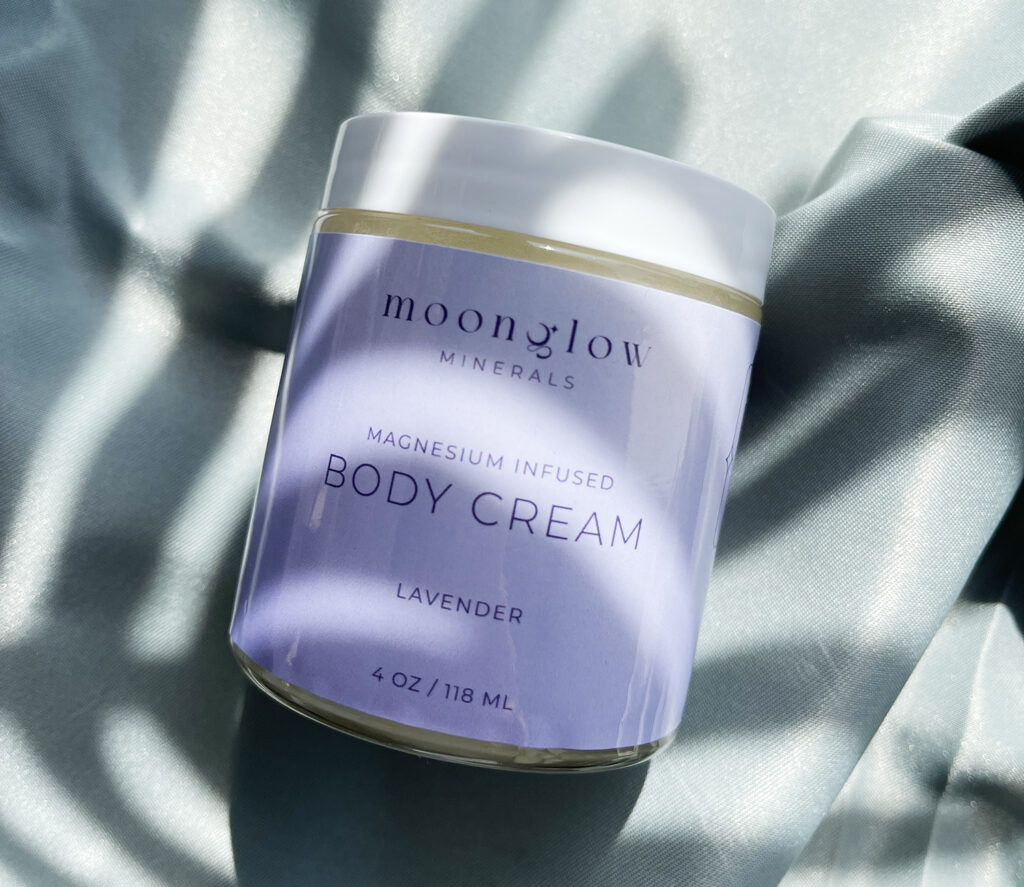Magnesium has gained recognition for its ability to deliver numerous health benefits directly to the body. But have you ever wondered how this mineral is absorbed through the skin? Understanding this mechanism will shed light on why topical application is an effective method for reaping the benefits of magnesium. So, let’s delve into the world of skin absorption and discover how topical magnesium works its magic.
The Structure of the Skin:
Before we dive into absorption, it’s crucial to understand the structure of the skin. The skin consists of three main layers: the epidermis, dermis, and hypodermis. The outermost layer, the epidermis, serves as the primary barrier against external substances. It consists of even more layers, including the stratum corneum, which plays a vital role in the absorption process.
The Role of the Stratum Corneum:
The stratum corneum, the outermost layer of the skin that is mainly composed of dead skin cells, acts as the main hurdle for substances attempting to penetrate the skin. Its primary function is to prevent water loss and protect the body from external factors. However, this outer layer also possesses a unique characteristic that allows for the absorption of certain substances, including topical magnesium.
Mechanisms of Topical Magnesium Absorption:
There are multiple mechanisms through which topical magnesium is absorbed by the skin:
Passive Diffusion: The most common method of absorption, passive diffusion occurs when magnesium ions move from an area of higher concentration (the topical application) to an area of lower concentration (the skin). This process is facilitated by the concentration gradient and the permeability of the stratum corneum.
Lipid Diffusion: Since the stratum corneum is composed of lipids (fats), lipid-soluble forms of magnesium can penetrate the skin more easily. Lipid diffusion allows magnesium to pass through the lipid-rich barrier of the stratum corneum, enhancing its absorption.
Transdermal Carriers: Certain substances, such as oils or emulsifiers, can act as carriers, facilitating the penetration of magnesium through the skin. These carriers enhance the solubility and transport of magnesium, allowing for more efficient absorption.
Factors Affecting Topical Magnesium Absorption:
Several factors can influence the absorption of topical magnesium:
Concentration and Form: The concentration of magnesium in the topical product plays a significant role in absorption. Higher concentrations may lead to increased absorption rates. Additionally, different forms of magnesium, such as magnesium chloride or magnesium sulfate, can have varying absorption profiles.
Skin Integrity: The condition of the skin affects absorption. Skin with compromised integrity, such as cuts, wounds, or inflammation, may absorb magnesium more readily. Healthy, intact skin generally provides a natural barrier against excessive absorption.
Time and Duration of Application: The duration of topical magnesium application can impact absorption. Longer exposure periods allow for more significant absorption, as the magnesium ions have more time to penetrate the skin.
Topical magnesium absorption occurs through a complex interplay between the skin’s structure, the properties of the magnesium product, and external factors. Understanding the science behind skin absorption helps us appreciate why topical application is an effective method for reaping the benefits of magnesium. So, the next time you apply topical magnesium, know that its absorption through the skin is a fascinating process that allows this essential mineral to work its magic and contribute to your overall well-being.
